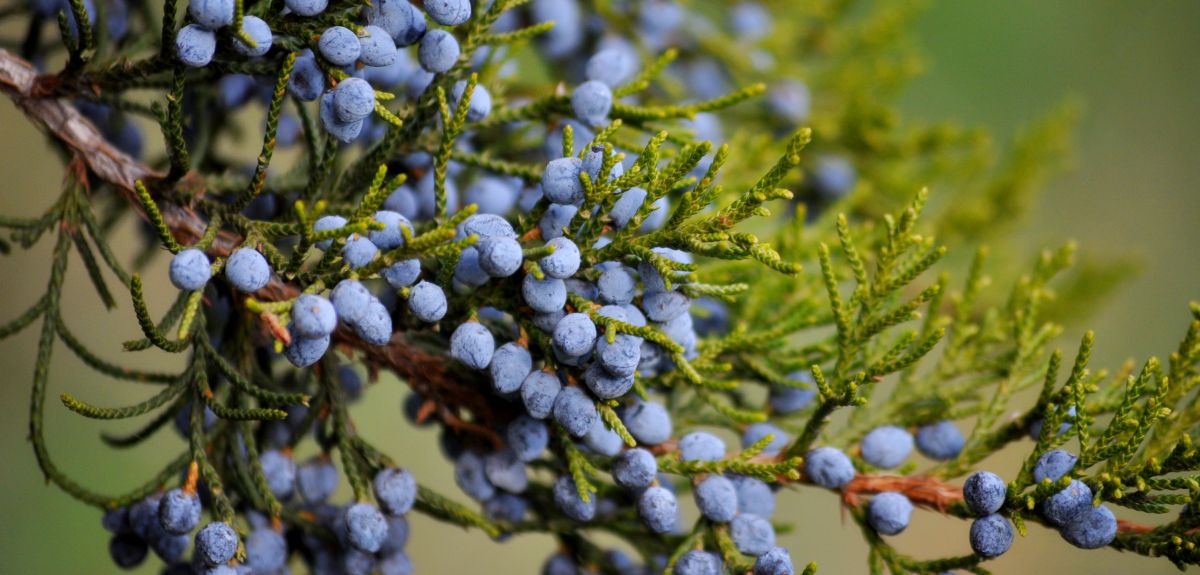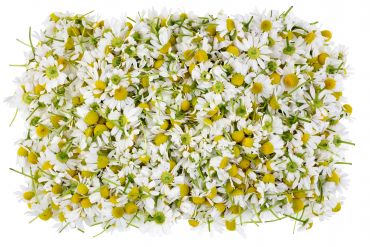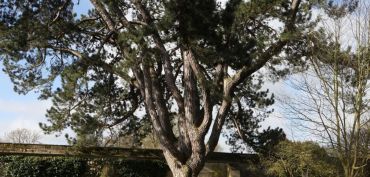
Credit: Shutterstock
Capturing the UK’s oldest botanical garden in a bottle of gin
A collaboration between Oxford scientists and a distillery has produced a special gin called Physic Gin. Based on 25 ingredients found in the Oxford Botanic Garden, the history of this new spirit stretches back 400 years to the garden’s creation in 1621. With this week’s reopening of the Oxford Botanic Garden following months of closure during lockdown, it would seem there are several reasons to raise a glass.
Oxford Sparks’ caught up with Professor Simon Hiscock, Director of the Oxford Botanic Garden for their latest podcast. He tells Sparks how he came up with the idea for Physic Gin from the moment he started in his new role. He says: ‘I wanted to commission a gin because of the great botanicals we have here and the history of the garden.
The intention was for it to grow herbal, medicinal plants, that would then be used in the teaching of herbal medicine for the medical students of Oxford. Gin was also a medicine in its own right, created in the 17th century in Holland and Belgium, for the treatment of fever.
‘The garden was founded in 1621 by Henry Danvers, 1st Earl of Danby, but it wasn’t planted up until the 1640s. Jacob Bobart, the garden’s first director, was an excellent gardener and also ran The Greyhound Tavern just across the road from the Botanic Garden. He started planting the garden and by 1648 he had about 1600 plants here and he made a list – a Catalogus Plantarum – almost like a field notebook, and this little notebook is the inspiration for Physic Gin. Among those 1600 plants are many botanicals that we would use to flavour gin today and importantly juniper because juniper is the base fruit ingredient for flavouring the alcohol.’
The name Physic Gin derives from the fact that the garden was founded originally as a physic garden; a medicinal garden, as Simon explains: ‘The intention was for it to grow herbal, medicinal plants, that would then be used in the teaching of herbal medicine for the medical students of Oxford. Gin was also a medicine in its own right, created in the 17th century in Holland and Belgium, for the treatment of fever.’
After chatting to his local pub landlord about the idea, Simon was put in touch with The Oxford Artisan Distillery, and the collaborative mixing of spirits and minds began.
 Dried chamomile flowers
Dried chamomile flowersThe team of scientists and distillers worked closely together on the recipe for two months to ensure that that the history of the garden went into the bottle with the optimum flavour preserved.
Francisco says: ‘We are always playing. We use spices, fruits, flowers and fresh herbs. There’s a base distillation and some of the botanicals need to be distilled separately.’
Incredibly, 25 botanicals have gone into the Physic Gin. They have an almost poetic sound when read aloud: ‘Juniper, coriander seed, angelica root, lemon peel, liquorish root, angelica seed, Japanese bitter orange peel, Grapefruit peel, key lime peel, sweet fennel seed, almonds, poppy seed, wild hops, chamomile flower, wormwood, artichoke leaf and bayleaf...’
 Black pine in Oxford Botanic Garden
Black pine in Oxford Botanic GardenAs we start to emerge from lockdown, it’s now possible to start to explore the sources of these inspirations in person as The Oxford Botanic Garden reopens on 22 June, and for those in need of a medicinal tonic, Physic Gin is available to order now.
Listen to ‘Why is Oxford’s Botanic Garden Making Gin?’ on Oxford Sparks.
Find out more about Physic Gin from The Oxford Artisan Distillery.
The Oxford Botanic Garden is now open to visitors. Find out more and book a ticket.
Discover more episodes of the Oxford Sparks ‘Big Questions’ podcast.